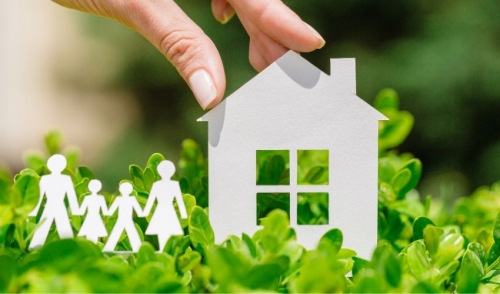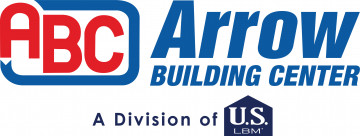
Benefits of LEED Certification
The benefits of energy-efficient habits – turning off unnecessary lights, upgrading insulation, fixing water leaks, choosing efficient appliances, etc. – are well known to save money, improve quality of life, and conserve resources. As awareness of green practices and earth-friendly living continues to grow, LEED certification can be a valuable investment for every homeowner, building manager, and business and the ultimate step in living a greener lifestyle.
What Is LEED Certification?
Leadership in Energy and Environmental Design (LEED) certification uses worldwide standards and points-based ratings systems to recognize buildings at the forefront of green practices in design, construction, operation, and maintenance. A variety of benchmarks are available for all types of buildings, and points are assigned based on the complexity of the step, the degree of sustainability of each step, the type of building, and other factors. The total points a building can claim determines its level of LEED certification, from simply certified (a minimum of 40 points) to platinum certification (80 points or higher). Overall, LEED-certified buildings are recognized as consuming fewer resources, producing less waste, and promoting conscientious environmental stewardship.
LEED-Certified Buildings Today
Today, more than 80,000 different projects in more than 160 countries have different levels of LEED certification. The standards can be applied to all types of buildings, from single-family, residential homes to apartment buildings and other multi-tenant properties, retail spaces, warehouses, hospitals, schools, and office buildings. Different standards are applied to each type of building to ensure the most comprehensive grading possible as suits each building’s purpose, and both new construction as well as updated or renovated buildings can qualify for LEED certification. Different factors considered as part of today’s LEED standards include:
- Building location with respect to land sensitivity and natural spaces
- Access to public transportation and bike paths
- Management of rainwater and drainage
- Landscaping practices, including reducing turf grass and avoiding invasive plants
- Minimization of potentially toxic pollutants indoors and out
- Availability of natural light indoors
- Water conservation of appliances, plumbing fixtures, and irrigation
- Insulation levels in different spaces
- Solar-ready design and types of outdoor lighting
Many other standards are incorporated into the overall grading and certification process, and one building does not need to meet every single standard in order to qualify for LEED certification. Standards are periodically updated as technology and resources change, and buildings can be reevaluated to ensure they meet or exceed the standards.
LEED Certification Benefits
It may seem complicated to qualify for LEED certification, and indeed the process can be intimidating due to the complexity of the standards. There are many benefits to LEED certification, however, regardless of the type of building or the level of certification it achieves.
- Compared to basic building codes, LEED-certified buildings generally consume fewer resources in their utility use, saving money on operating costs.
- These buildings provide a healthier environment for occupants, whether families or employees. This can lead to savings on health care as well as less time and money lost to illness.
- Green building practices have been shown to improve overall wellness and happiness, improving productivity and mental health.
- Local incentives may be available to LEED-certified buildings, including tax credits or exemptions, lower insurance rates, or lower loan interest rates.
- The environmental practices supported by LEED certification generally require less overall maintenance not just for the building, but also for its landscaping.
- LEED certification can be a key selling point to improve sales rates or overall value, as well as improve occupancy rates for multi-tenant buildings.
- Because LEED certification shows a vested interest in the local community, certified buildings can help generate an improved public image, particularly for corporations and businesses.
With so many positive applications regardless of the building size or type, pursuing LEED certification can be just as beneficial for a private homeowner as it can for a building manager, business owner, architect, contractor, construction company, or corporation. The more buildings that achieve higher and higher LEED certification levels, the better the environment will be for everyone who shares it.
